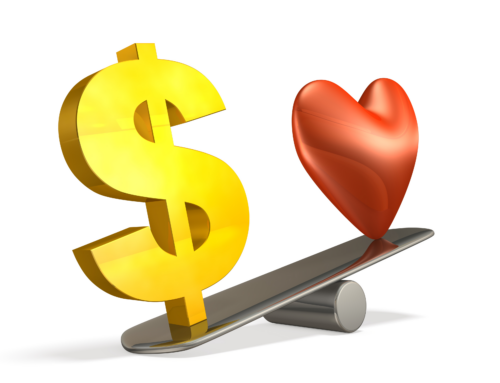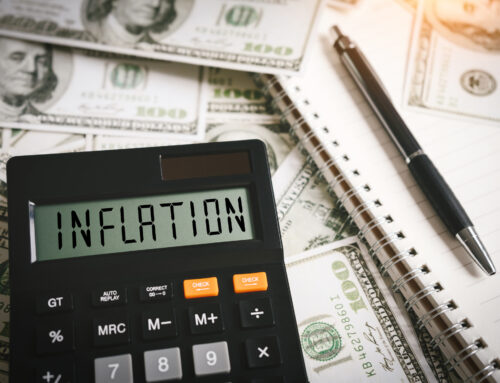Independence, MO
It has been almost 24 years since the stock market crash of October 1987, and less than three years since the 2008 autumn crash and the March 2009 bottom.
In between there were several other notable drops in the stock market. Whether they take months to develop or seem to appear as quickly as a Midwest twister from a grayish-green sky, they are not much fun to experience.
Speaking of storms, I hope the good news about the one we are currently witnessing will be that regular folks are beginning now to understand the gravity of our parabolically spiraling national debt. Chicago Mayor and former White House Chief of Staff Rahm Emanuel remarked about the past two years that it is a terrible thing to waste a good crisis. Won’t it be excellent if we will make the changes in our national psyche necessary to stop pretending we have no debt-aholism and stop the monetary printing presses?
But what I want to discuss today is the practical matter of saving your hard-earned principal in a period of extremely scary volatility. Although Monday’s closing low was off by 15 percent from the late April highs of the Dow and 17 percent for the Standard & Poor’s 500, there will probably be more falling stock indexes to bear.
But before you call it quits, pull out whatever you still have and bury it in the backyard, please read to the end of the column.
First, remember that the financial markets still offer the greatest, easiest and most reliable opportunity to gain financially for those of us in the broad middle class. You can buy lots of gold and silver coins if you want to, but I sleep really well at night knowing that I have nothing tangible in my home worth stealing (or knocking me in the head for) and I don’t have to rent a big bank box either. You can buy investment houses at good prices even today, but I am not very handy and I certainly don’t make a very good landlord. I still love real estate investments I can buy in the morning and sell in the afternoon if necessary. You see the picture.
Yesterday at noon, Mr. Market Dow was up 200 points, then fell quickly down to a new lower point before he came roaring back up in the last half hour of trading. A person can get whiplash trying to keep up with that.
The good news is that with about an hour left, the big dogs with the real money came back in and began picking up bargains again. Amateurs trade early in the day while the professionals wait until afternoon, and several technical indicators track those differences closely.
Will the indices drop even lower again? Probably, but there are several reliable items to look for as you consider whether to hold still for a period of months of this mess or to sell some investments you own and wait for confirmation that the risks have subsided.
The best test is called a key reversal. This occurs when a day’s index trading brings a price down below that of the preceding down day, runs up to close higher than the highest point reached on the preceding day, and does so with more trading volume than there was on that preceding down day.
By that test, Tuesday’s action flunked the test. Although the indices put in a great late-day run, they did not close higher than the daily high of Monday. And not as many shares traded.
What is likely is that the tug of war will continue but the bulls will begin to win a few days instead of the bears whipping up on them so dramatically for so many days in a row. Next week
I will share thoughts about the kind of investments most likely to succeed for you in this low-economic-growth, no-interest, thicket in which we find ourselves.
In the meantime, if you have not sold yet and do not know what to do, sit tight for now and seek help.
By Ron Finke, special to the Examinerhttp://www.examiner.net/business/x181938441/Finke-Up-down-up-down-whiplash





